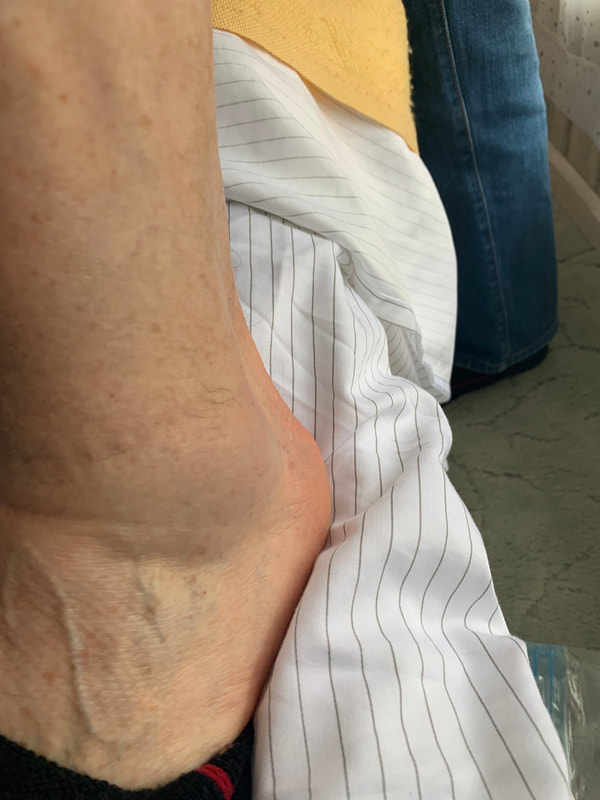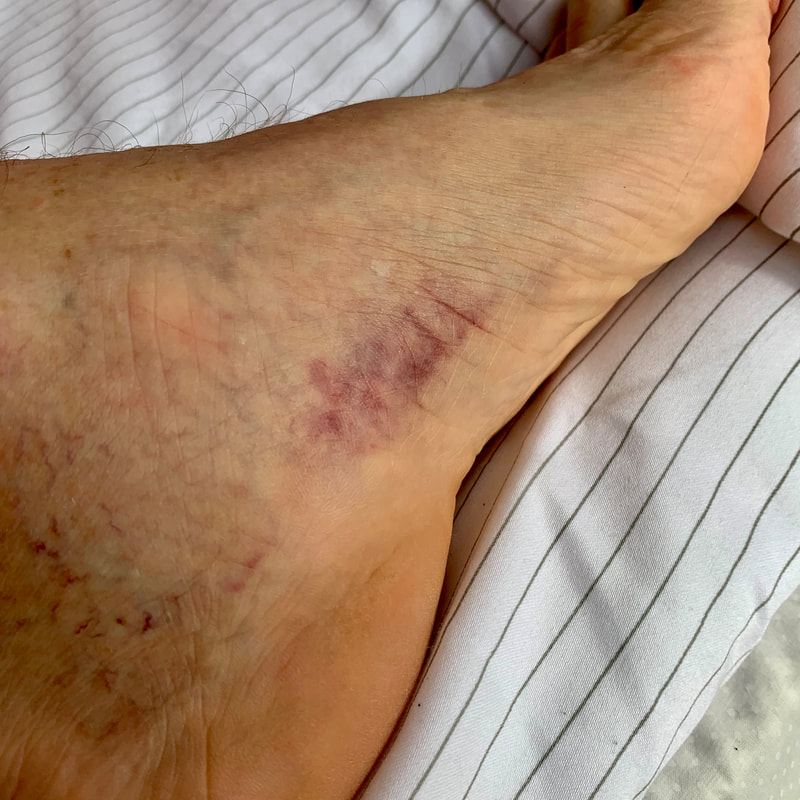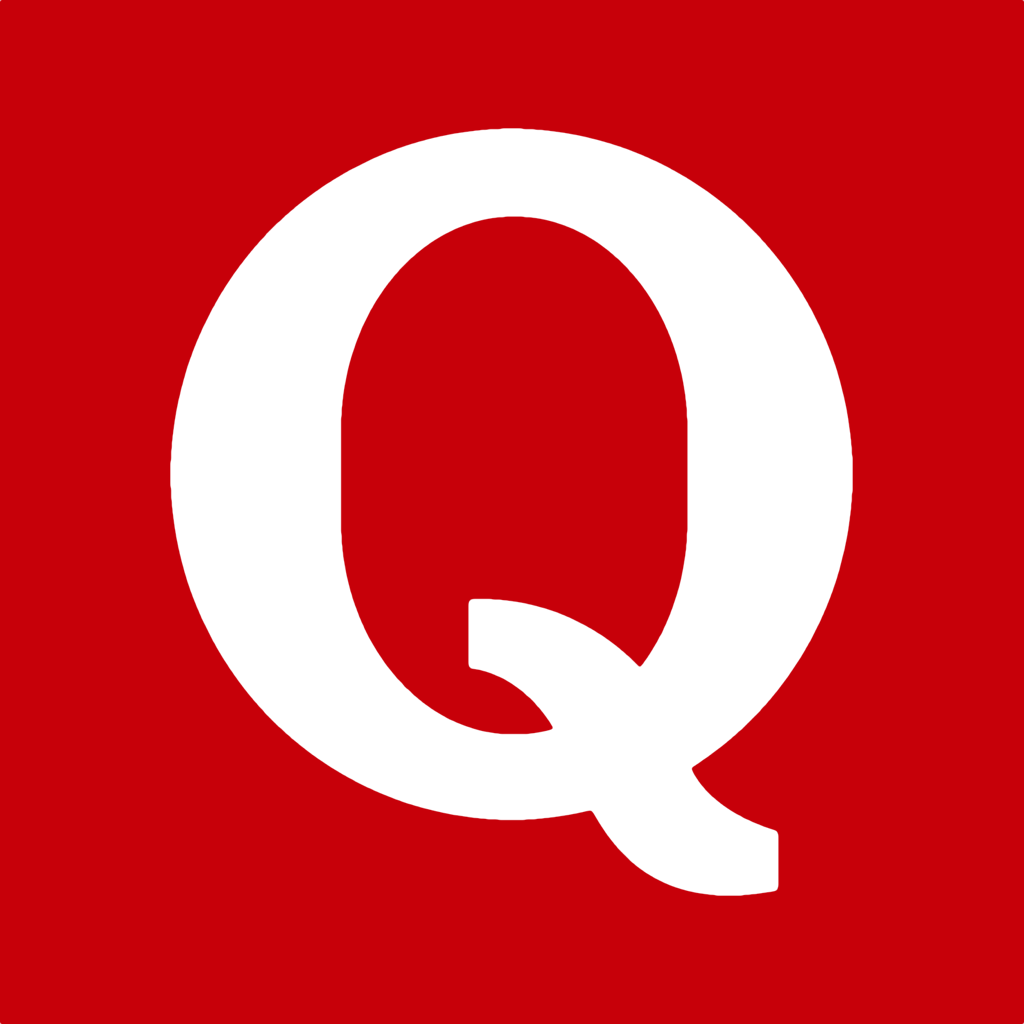|
SEARCH My Blog (Opens in new tab)
It's a downward spiral if we stop exercising because of pain or injury. Of course, sometimes it's "doctor's orders" and then you need to obey. And if you don’t have good body awareness then you can cause compensation stress in other parts of your body.
That said, in my experience, most people give up too easily. If you can stand without troubling pain then you can do something. If you've not been exercising then you can start, with something gentle. If you've been exercising then you have a chance to keep up and not lose all of your hard-won gains while you recover from your injury. Think about people with chronic pain. Some have a fear of exercise and avoid movement. They often get worse. Others manage their fears and regain their confidence by starting and sticking with an exercise plan. They get better - first mentally and then physically.
My point is that as we get older we are going to suffer injuries which might deter us from exercise. For example, in my recent history I've hit the following bumps in the road:
There are always aches and pains and things popping as you get older. If you stopped being active then you'd be heading into a downward spiral quite quickly. Rather, your mindset should be "what CAN I do, and how do I not fear or avoid the pain during recovery". My first point of reference is to check if I am able to stand, without aggravating pain. For example, when I rolled my left ankle last Sunday the answer was "no". I could not stand for the whole day without sharp pain. I was translating that problem into what kind of exercise I might be able to do - not contemplating stopping exercising. I didn’t need to sweat over it for too long. Two days later I could walk with no pain if I walked carefully (compensating a little for the injury). So think to yourself, can I stand without aggravating pain? Then, can I walk without aggravating pain? Here's what I do if I can stand
If I can stand then I can do kettlebell swings. These do not require a squat movement and neither a full range of movement for your shoulders, glutes or knees. But they add tremendous mobility and strength to your shoulders, lower back, core, hamstrings and legs - and they improve your balance.
You can also set up sequences of kettlebell swings which challenge your cardio conditioning as well. Get expert kettlebell advice and you'll be surprised what you can safely do. Therefore, if nothing else, if you can stand then you can do a lot to build or retain your fitness. In my case, right now with a still-swollen left ankle and pain, kettlebell swings are keeping me in shape. If you can stand and don’t like kettlebells there are many other options to exercise - using dumbbells, barbells, resistance bands and perhaps best of all a cable machine. Can I walk?
The second question I ask is "can I walk". If the answer is yes then start walking ASAP. If you are not a regular walker then build up slowly.
If you are an injured runner then walk as fast as you can - heading up towards 120 steps per minute. You want to build up to about 5km each day. As your injury repairs you can feel that urge to do more, so start with skipping for 50m and then back to a fast walk. Then skip, jog a little, and back to the fast walk. You'll eventually feel the time to start running again. So where do we stand? If you are using a bad back as a reason to not do any exercise then assess your standing capability. More than likely you could swing a kettlebell and not aggravate your injury. What's aggravating your injury is your fear of movement. There's a bias to stop moving when we are in pain. But pain is really a danger signal. Once it is chronic ongoing pain signals no longer serve a useful purpose. They become hard-wired and alternative neural paths need to be built between the brain and the body, which can be through exercise. Do I you think this is a good idea?
People hearing of my injured ankle generally don't think that it is a good idea to be going to the gym. But here's what I call "the reality".
If you are (1) aware of your body and (2) confident in your ability to not aggravate the problem, then movement is a cure. Take your ankles, for example. Injured ankles are common because 100% of your body's weight bears down on them. And 100% on just one ankle whenever you lift a leg. And 8X to 10X when running. That's a lot of weight - have you tried lifting yourself lately? Unfortunately, when injured ankles rarely recover to their previous health. In particular, damage to the receptors in your ankle's capsules and ligaments is permanent. The sensors do not regenerate. (Unfortunately, the same is true for shoulder joints.) This means that the ankle's ability to signal your brain about its load and orientation is decreased, and this increases your instability. You might have noticed that once rolled or injured that you tend to re-injure the same ankle. The only way to counter this loss of neural activation is to regularly exercise the muscle groups that govern the movement of the ankle. Rehabilitating and exercising these muscle groups enables them to compensate for some loss of the receptors in the ankle joints. Here's the point. Without movement, without rehabilitation as soon as possible, without regular attention to exercise and muscular coordination, then you will suffer from more pain and potential injury. What applies to the ankles applies to all other joints. So if you can stand, think about what exercise you could be doing. Besides the kettlebell swing, find exercises that regenerate muscular strength of everything that connects to the bits of your anatomy that hurt. By the way, if you can stand don’t fall for the trap of using the gym machines. When you sit on a machine your brain turns off and disconnects from your extremities. Standing requires you to balance and the brain to listen and communicate with your feet. This neuromuscular communication is very important as we get older. Standing also connects your brain with your muscles, joints, ligaments and your posture. Maintaining a good posture is an important part of exercising correctly. Sitting on a machine turns off this connection and degrades your ability to control your posture. > > Get personalised advice from your health professional before taking action. Good luck.
PS If you need to rehabilitate your ankles do an Achilles stretch for 30 seconds daily and balance on each foot for 30 seconds daily (or add these to your gym post-exercise stretches).
Latest: get your free customised fitness plan designed uniquely for you.
|
ChoicesSince I was diagnosed at 50 with Type 2 diabetes I've been learning how to do bone-building fitness training which lowers my age. You can too. It's your choice. Walter Categories
All
Archives
May 2023
|




 RSS Feed
RSS Feed



